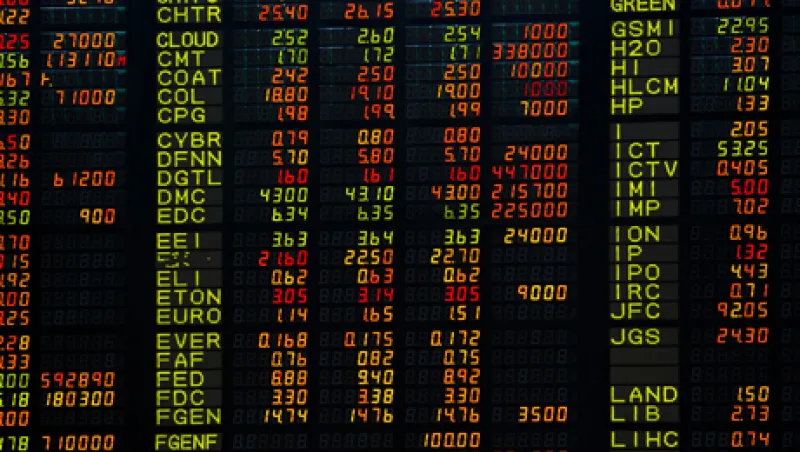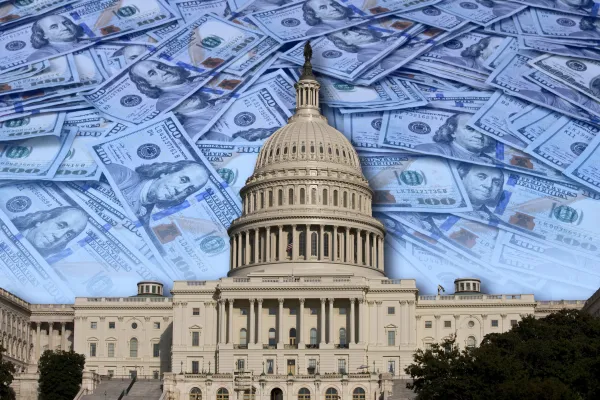Hedge funds have been taking on more risk in their portfolios for more than two months, a good sign that they are buying into the summer market rally, says a new report from JPMorgan Chase.
So don’t be surprised if a number of hedge funds report strong gains for the third quarter.
Hedge fund performance had been lagging the overall markets for the past two years or so. One of the main reasons: They sharply reduced their risk exposure, afraid to get out in front of price movements given the many macro uncertainties out there, whether it be the European recession, possible breakup of the euro, the U.S. presidential elections, the looming so-called fiscal cliff, possible oil interruption if Israel bombs Iran — pick your favorite fear.
However, hedge fund sentiment apparently changed in mid-July, as managers steadily raised their beta, says JPMorgan Chase. “Hedge funds have been buying stocks that active managers have been selling,” states the bank’s report.
It figures the overall average beta among hedge funds bottomed at -0.26 on July 12, the third-worst reading since 2008 and what the bank says is associated with major contrarian equity rallies.
How does JPMorgan Chase know what the beta is for hedge funds at any given time? It says its figure is the rolling 21-day beta of macro and equity long/short hedge fund returns to the S&P 500.
In any case, since mid-July, hedge funds have been steadily raising their beta — or risk profile — according to the bank’s analysis. It recently touched -0.05.
This means it still has much further to climb before it reaches levels of positive beta that the bank says are normally seen at market tops.
“The covering of hedge fund short positions (beta moving back to zero) is still underway, and as far as looking at cycles, there is no reason to not expect this to rise to a positive number in coming weeks,” JPMorgan says in the report. “The rise in beta is bullish in our view as it reflects hedge funds going long this market.”
JPMorgan believes that macro hedge fund beta is a contrarian indicator at extremes. And it asserts the beta would need to exceed 0.36 for it to reach a possible sell signal.
In fact, hedge fund beta last surged from a low of -0.26 on January 27 to a high of 0.38 on March 16 of this year, which is slightly above JPMorgan’s contrarian sell signal line. During that period the stock market rallied by 8 percent.
Sure enough, after topping at 0.38, the S&P 500 subsequently fell 15 percent over the ensuing eight weeks.
Today, however, it currently stands at just 0.17. So, not to worry.







